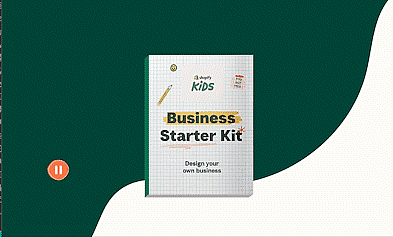Branded content and children: what are the best practices?

Branded content aimed at children can have excellent results and a positive impact on brand perception, but it must be approached with rigor and caution.
Here in Quebec, as well as in many other places in the world, it is forbidden to advertise directly to children.
This law means that advertising must be directed to the parent, who will have the ability and the critical mind to judge what is being proposed as a product or service for his or her child.
Protecting our children from inappropriate advertising
Over the past two decades, however, it has become increasingly difficult to regulate certain aspects of these laws with the proliferation of websites and online gaming platforms for children, for which the business model is based on advertising.
Indeed, whether it is on YouTube when we want to watch videos aimed at younger demographics or on sites such as Miniclip, advertising is omnipresent and for any parent, it becomes difficult to be assured that what will be displayed in a banner or “pre-roll” will be appropriate and in line with family values.
There are ways to protect our children from this type of advertising (YouTube Premium is an example, when an account is subscribed to it, all ads on the platform are removed), but it can be prohibitive for some to pay a monthly fee for this type of feature.
But some brands do it well
Although in the world of the web, applications and the internet it can be difficult to control EVERYTHING our children see, some brands still manage to produce content that is ultimately aimed at children, but do so in a way that respects parents and the choices a family makes about the content and experiences of their youngest.
The technique that allows respecting the laws and parents is to offer content to the parent, who can then decide to give it (or not) to the child, according to his or her own values, expectations and desires for experiences.
As an example, Shopify has produced a guide and kit for children who have inclinations towards entrepreneurship. This kit includes exercises and activities, mini business cards, etc. It aims to help children understand the ins and outs of entrepreneurship by inviting them to think about a product or service, marketing required to make their offer known to others, the vision their business could have, etc.
This type of approach echoes a Quebec initiative, La Grande Journée des Petits Entrepreneurs, which each year invites children to create a small business for a day, accompanying them in the creation of their promotional material, thinking about pricing, etc.
This type of initiative is part of a process of accompanying parents in the education and development of their children. It goes beyond traditional entertainment by stimulating the child’s passions and developing mind, while respecting the parent’s choices.
Fears and stress of moving
When buying a new home, a child may feel shaken up in her or his routine, afraid of moving, losing friends, etc.
Zillow is a company that lists real estate for sale in the United States. It is the biggest player in the field and is a must for any family looking for a new roof.
With this in mind, the company created the book “The Girl who Didn’t Want to Move” a story that aims to help children deal with the stress of moving. The marketing of the book (available for free online, but also available for Kindle and Apple Books), targets parents and the realities they experience when a move is imminent.
The goal of this type of initiative, like Shopify’s, is to support parents in their role and provide them with tools that will allow them to be better parents while offering quality content to their children.
Content for your brand?
In this type of context, several questions can be asked to determine if your brand could or should explore youth content:
- If children are the users or target of my product or service, how can I demonstrate to parents the value and relevance of my offering to their children?
- Are children potentially influencers in the decision a parent will make about my product or service? (in the Zillow example above, a decision might well be made not to move if the impact on children would be too great)
- If the child is a potential influencer, how can I accompany the parent in their relationship with their child to provide information and education about my product or service?
- If the users of my product or service are in many cases parents of young children, in what context (while remaining relevant) could my brand help them be better parents?
Again, it’s important to reiterate that not all brands have relevance or interest in developing branded content for children, and those that do must do so thoughtfully and carefully.
However, when done well, it positively impacts the brand’s perception and allows it to create a strong and lasting connection with those parents. There is nothing more important than children, so a brand that focuses on them in a thoughtful way can find gains.






